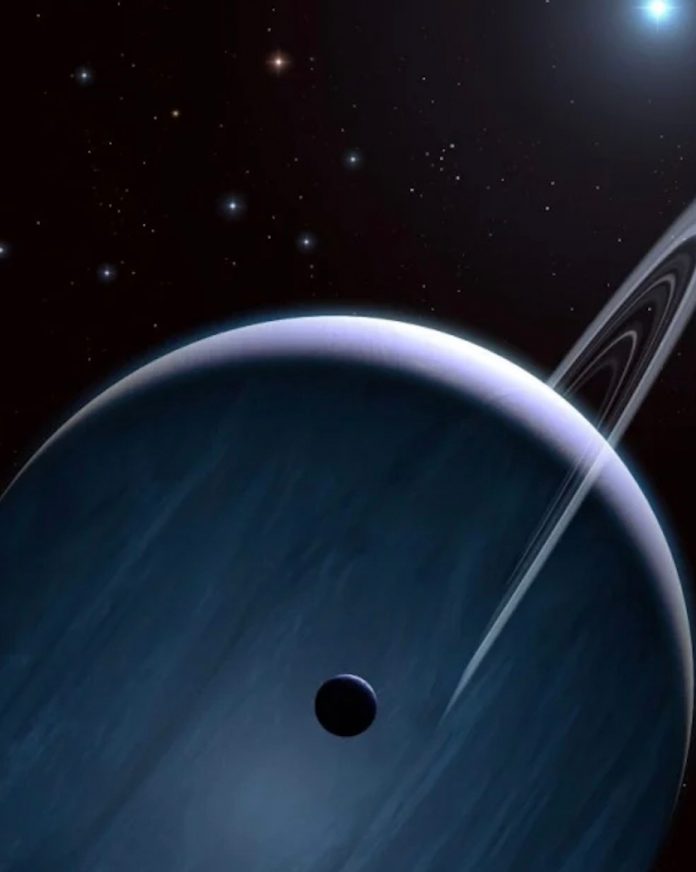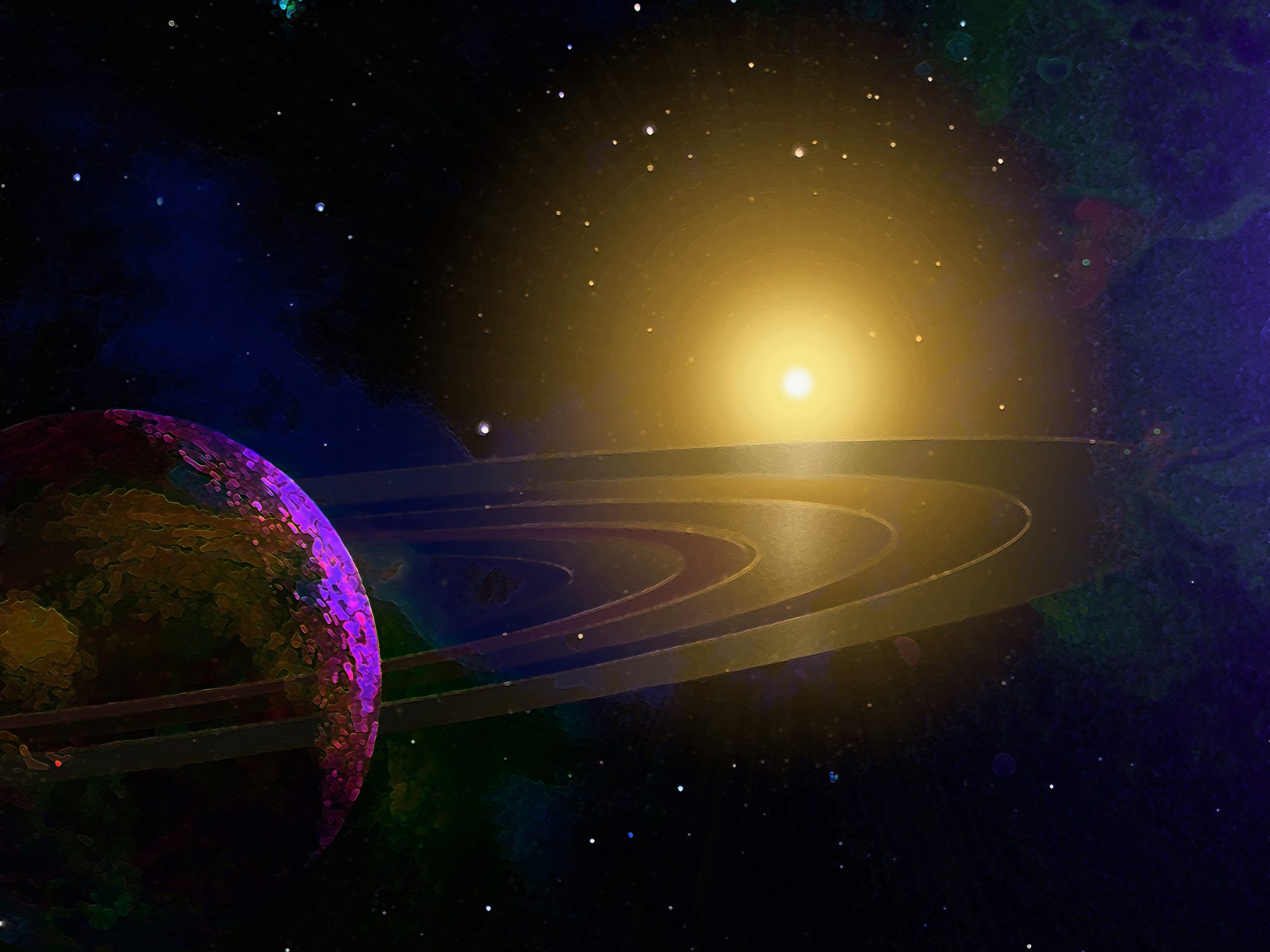
Research shows how Jupiter-sized planets can be stolen or captured by massive stars in what is colloquially described as a planetary heist
University of Sheffield researchers have put forward a new explanation for the recently discovered B-star Exoplanet Abundance STudy (BEAST) planets. Until now the formation of these planets has been a mystery.
Research has shown that planets do not often grow larger than Jupiter due to the immense presence due to UV radiation – so understanding these phenomena represents a big step for space exploration and research.
Massive stars and planetary heists
Dr Emma Daffern-Powell, co-author of the study, from the University of Sheffield’s Department of Physics and Astronomy stated, “Our previous research has shown that in stellar nurseries stars can steal planets from other stars, or capture what we call ‘free-floating’ planets”.
“Stellar nurseries stars can steal planets from other stars”
Dr Daffern-Powell went on to explain “We know that massive stars have more influence in these nurseries than Sun-like stars, and we found that these massive stars can capture or steal planets — which we call ‘BEASTies’.
“Essentially, this is a planetary heist. We used computer simulations to show that the theft or capture of these BEASTies occurs on average once in the first 10 million years of the evolution of a star-forming region,” stated Dr Daffern-Powell.
Dr Richard Parker, Lecturer in Astrophysics in the University of Sheffield’s Department of Physics and Astronomy explains: “The BEAST planets are a new addition to the myriad of exoplanetary systems, which display incredible diversity, from planetary systems around Sun-like stars that are very different to our Solar System, to planets orbiting evolved or dead stars

BEASTies
These massive stars known as BEASTies are very bright but have much shorter lives than the Sun, and in some instances, they live for only several million years (rather than billions). We might, therefore, not expect to find planets around them.
However, in 2021, the B-star Exoplanet Abundance Study (Beast), led by researchers at the University of Stockholm, discovered a planet orbiting over 550 times the Earth-Sun distance from a star weighing up to ten times the mass of the Sun, and another planet orbiting at 290 times the Earth-Sun distance around a star nine times the mass of the Sun.
The BEAST collaboration
“The BEAST collaboration has discovered at least two super-Jovian planets orbiting massive stars. Whilst planets can form around massive stars, it is hard to envisage gas giant planets like Jupiter and Saturn being able to form in such hostile environments, where radiation from the stars can evaporate the planets before they fully form.
“However, our simulations show that these planets can be captured or stolen, on orbits very similar to those observed for the BEASTies. Our results lend further credence to the idea that planets on more distant orbits (more than 100 times the distance from Earth to Sun) may not be orbiting their parent star.”
A continuing interest in space research
With the general publics interest in space only continuing to grow due to the popularity of the James Webb Space Telescope, research such as this only continues to fuel the fire.
Conducted by Dr Richard Parker and Dr Emma Daffern-Powell at the University of Sheffield, this research is part of a larger programme which aims to establish how common planetary systems like our own are in the context of the many thousands of other planetary systems in the Milky Way galaxy.










